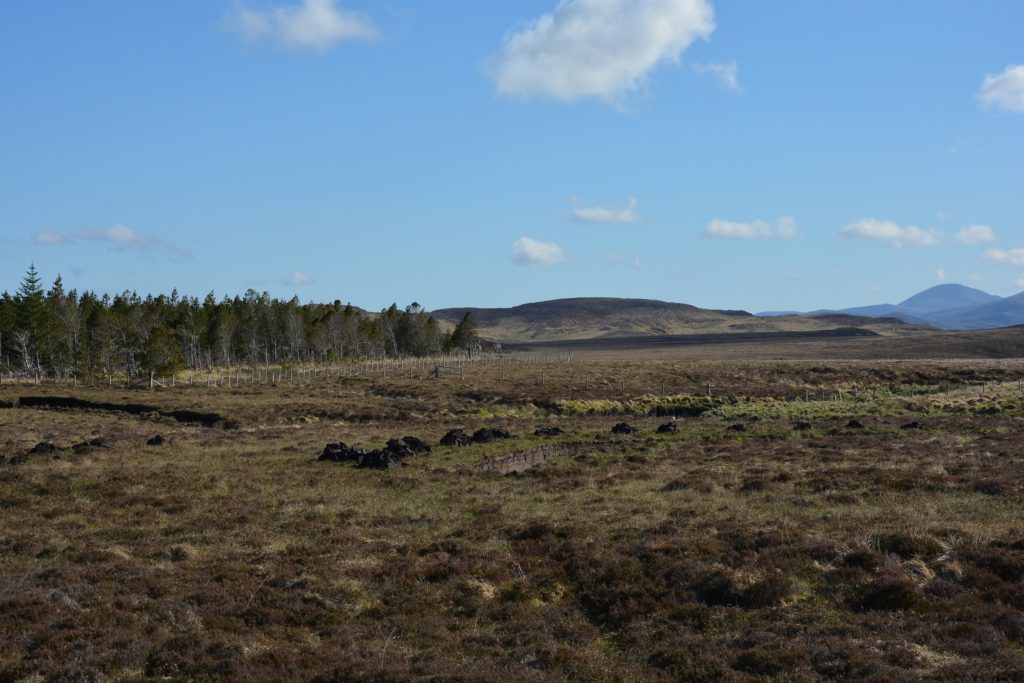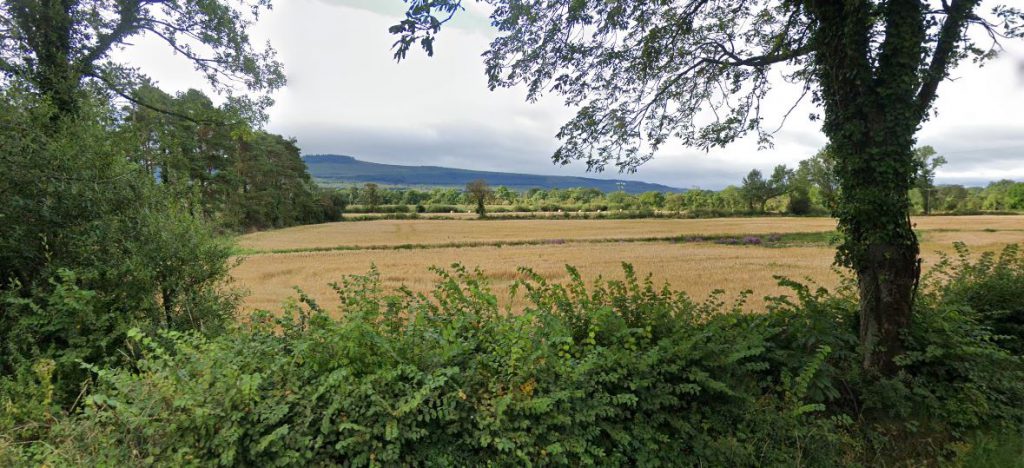Ireland will need to cut livestock numbers by up to 30%, plant up to 875,000ha of forestry and carry out significant rewetting of drained soils to meet climate change targets, according to a new study.
The land use review, seen by Agriland, is due to be published in early March.
The study was prepared for the Environmental Protection Agency (EPA) by scientists at Atlantic Technological University (ATU) Galway.
They found that achieving net zero greenhouse gas (GHG) emissions in the AFOLU (agriculture, forestry, and other land use) sector by 2050 will be “very challenging”.
Last year, the government set a 25% emissions reduction target for the agriculture sector by 2030.
However, a target for the land use, land use change and forestry (LULUCF) was deferred for 18 months to allow for the completion of a land use strategy.
Study
The study examined a set of different scenarios which included large changes in land use at national level.
The scientists concluded that only those scenarios which contained all of the following measures were able to achieve net zero emissions for the AFOLU sector by 2050:
- Effective abatement of livestock emissions (circa 30% emissions decoupling) plus a reduction of up to 30% of ruminant livestock numbers;
- Ambitious organic soil rewetting (up to 90% of drained organic soils);
- Large areas of afforestation (up to 875,000ha of new forest by 2050).
The study said that current afforestation targets of 8,000ha/year “falls short of the rates compatible with net-zero targets by mid-century”.
The scientists said that between 20,000-35,000ha of forestry would need to be planted annually to reach the legally binding target.
The study notes that when deployed with a sustainable land management approach, afforestation can improve water filtration in soil along with improving groundwater recharge, reducing soil erosion, run-off and flooding.
New plantations with a mixture of native tree species is also proven to support ecosystems and biodiversity.
“Nevertheless, rapid conversion of thousands of hectares of land in Ireland to forestry has the potential to have major environmental impacts on biodiversity and water,” the scientists warned.
Climate
The study outlined that over 80% of Irish peatland ecosystems are degraded as a result of peat extraction, agriculture and plantation forestry.
It said that restoring peatlands and organic soils through rewetting has the potential to reduce carbon losses in a relatively short time.
It was noted that there may be a short-term trade off with enhanced methane (CH4) emissions due to rewetting which would be compensated by carbon storage over time.

Scientists said that peatland restoration targets range from 33,000ha for exploited peatland to 80,000ha for drained organic soils under grassland.
These targets fall far short of what the scientists believe is needed at 70,000ha for exploited peatlands and 302,000ha for drained organic soils under grassland.
The scientists said that increasing the efficiency of agricultural production has “significant climate mitigation potential”.
They suggest measures including improved genetics for crops, forage plants and livestock, precision agriculture techniques, integrated soil, water and pest management.
They added that water quality would benefit where the density of grassland livestock is reduced, but this is still dependent on correct management of the animals.

The study notes that “there is potential for significant benefits in terms of national level food and feed security where more land is used for crop and horticulture production”.
It noted that the implementation of minimum tillage practices could reduce the carbon losses from the soil caused by cultivation.
The research was funded by the Department of the Environment, Climate and Communications (DECC) and the Department of Agriculture, Food and the Marine (DAFM).
A spokesperson for the EPA told Agriland that “as with any publicly funded independent research, any opinions, findings or recommendations expressed in the research report are those of the authors and do not reflect a position or recommendation of the EPA”.
